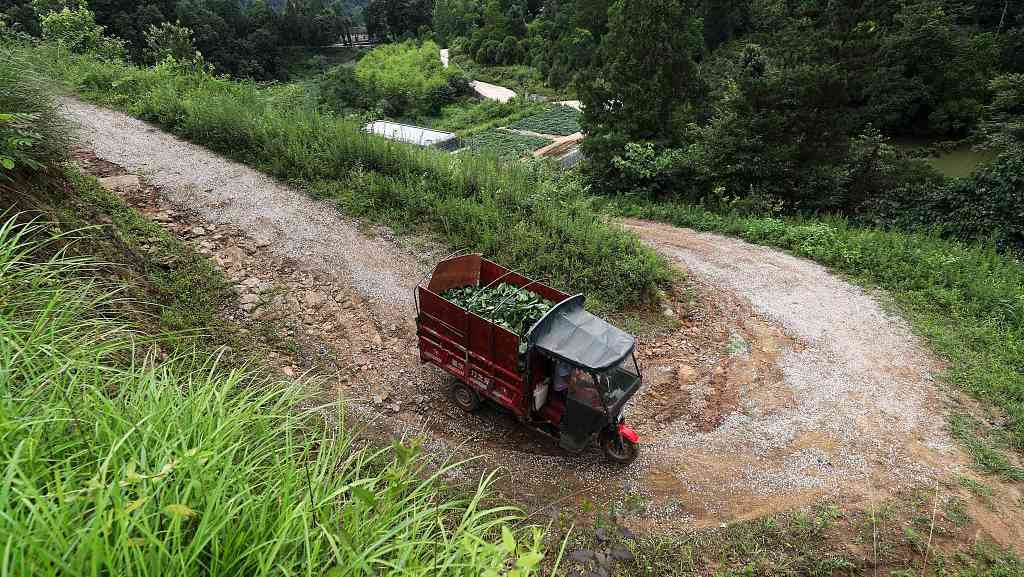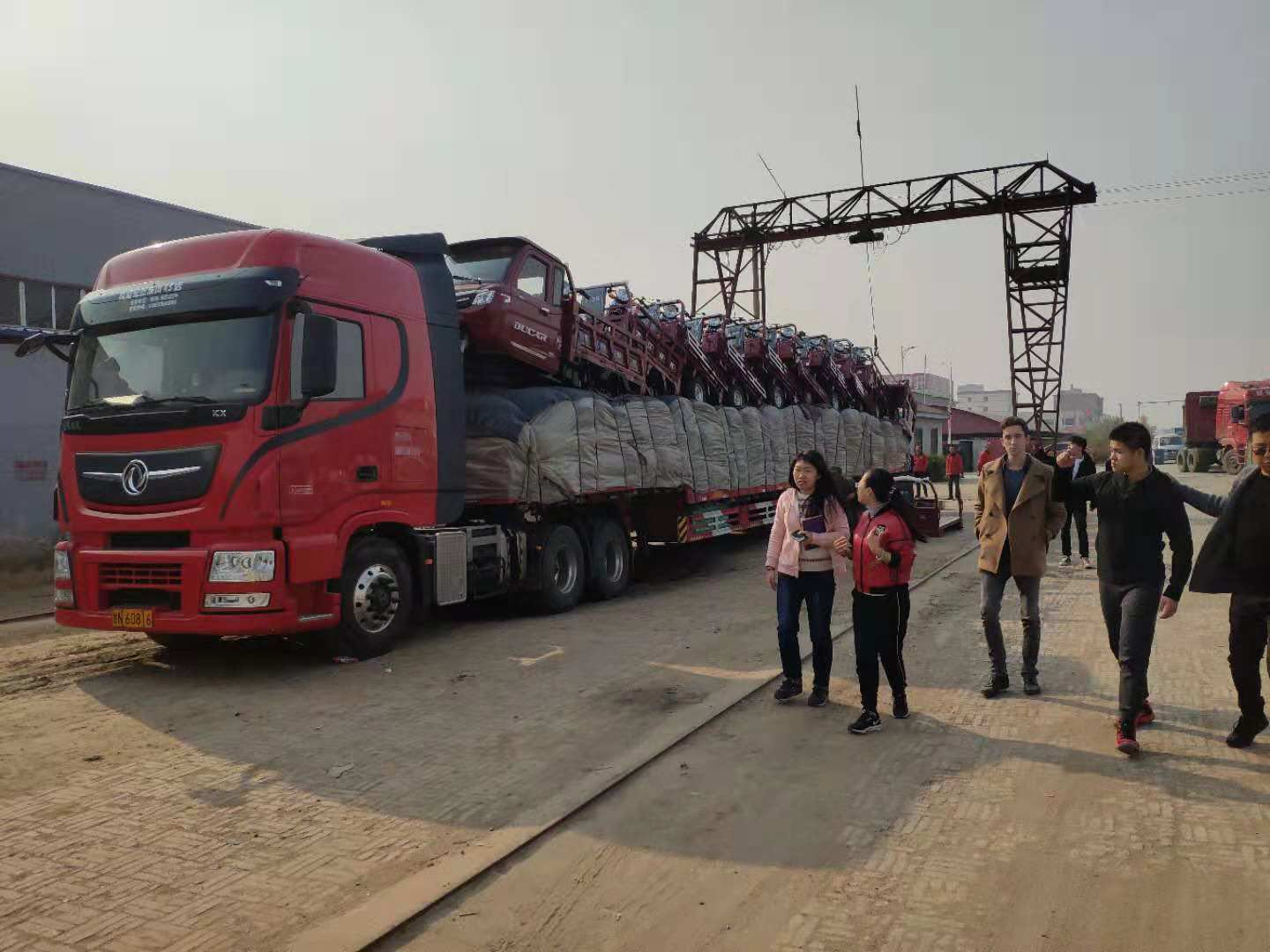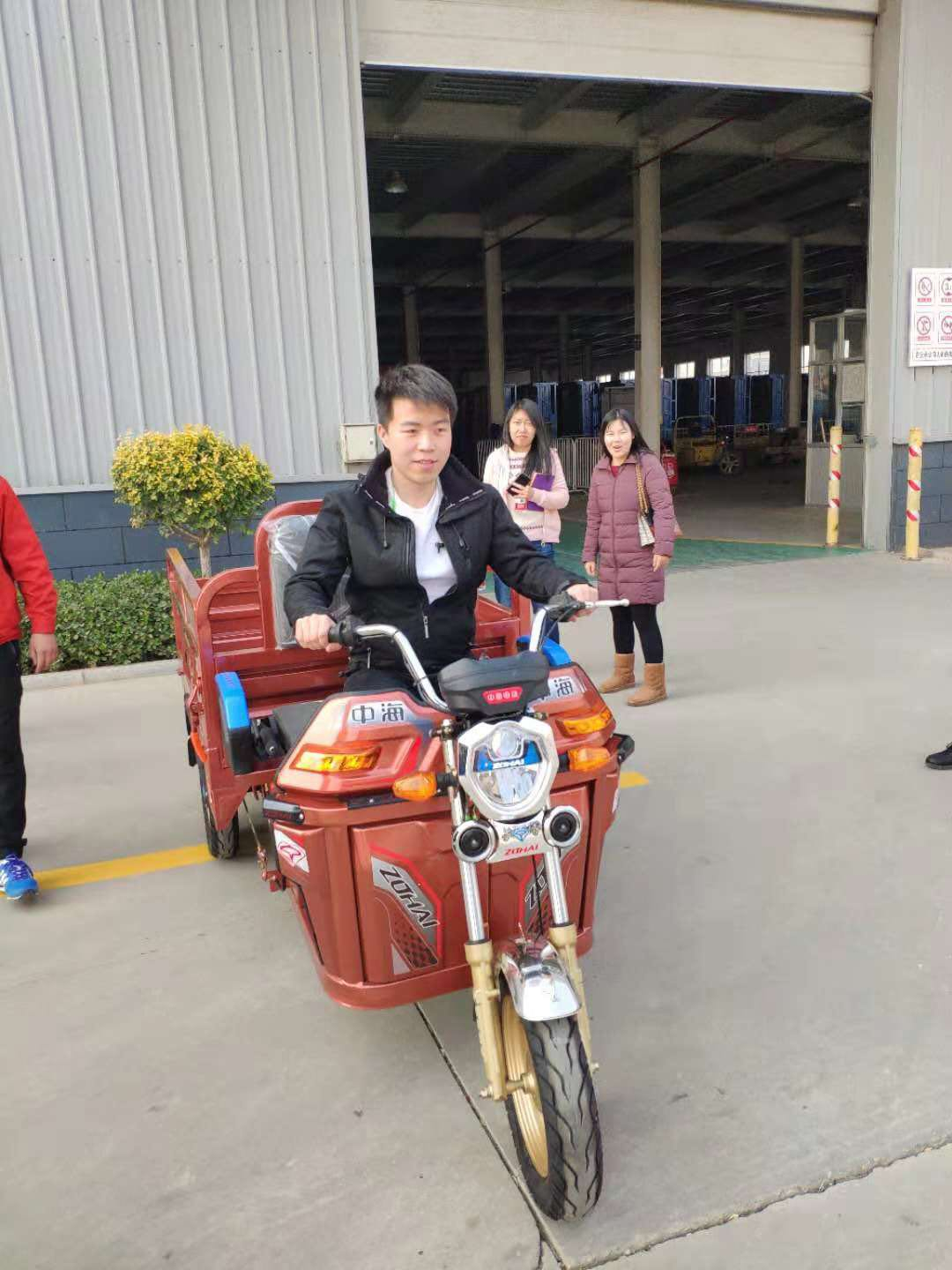
Africa
18:54, 04-Feb-2019
Why electric mobility revolution should not bypass Africa's rural women
Updated
15:57, 05-Feb-2019
By Shantha Bloemen

While many head home to their families for the Chinese New Year holiday, a dedicated group of students from Tsinghua University's Lifelong Learning Lab are instead heading to Zimbabwe. They are part of a pilot to see how to bring the electric mobility revolution to rural women by learning from China's own experience and adapting it to remote parts of the continent.
In China, rural mobility has been a critical factor in raising incomes and enabling access to bigger markets. The utility of small electric bicycles and tricycles has transformed the way people live and work. Across the country, small-scale farmers and businesspeople are using electric cycles to better reach consumers and needed services. They are reducing the time and cost of moving goods and people. Tricycles are helping women gain independence and reduce workloads. They are easy to use and carry children. And they are cleaner for the environment than petrol-powered options.
Yet in many parts of Africa, mobility remains an enormous barrier to development and economic opportunities. Long distances to health facilities increase women's and children's mortality. Long walks to school force children to drop out. Harvested crops rot before they reach a market. Hours are wasted collecting water, and new economic opportunities are missed. In sum, a lack of affordable transport limits access to social services, it stunts economic growth and reinforces social isolation and gender inequality.

Students from the Tsinghua University at a manufacturing unit of tricycles at Ducar Factory in north China's Hebei province. /courtesy of Shantha Bloemen
Students from the Tsinghua University at a manufacturing unit of tricycles at Ducar Factory in north China's Hebei province. /courtesy of Shantha Bloemen
While African leaders now plot out continental transport routes to grow internal trade and commerce and seek assistance from the Chinese government to build highways and high-speed railways, smallholder farmers—the backbone of sub- Saharan African agriculture—appear to remain neglected.
Roads alone cannot solve the problem. Availability of transport is also critical. While there has been investment in building roads, there is still a huge network of rural areas that depend on gravel roads that are not serviced by regular and reliable transport. Studies indicate that more than half of the untapped potential for cultivation in Sub-Saharan Africa is located more than six hours from a major market, and less than 40 percent of rural Africans live within two kilometers of an all-season road—by far the lowest level of rural accessibility in the developing world. This means rural farmers suffer a huge cost in both time and finances to take their goods to market.
Bicycles have provided some relief. But they are not ideal for juggling heavy loads or children. Motorbikes are also inadequate for fetching water, transporting children or transporting a harvest. Second-hand cars that have flooded the cities have increased the possibility of car ownership for aspiring middle-class households but are out of reach for smallholder farmers.

A student from Tsinghua University's Lifelong Learning Lab riding a tricycle. /Photo courtesy of Shantha Bloemen
A student from Tsinghua University's Lifelong Learning Lab riding a tricycle. /Photo courtesy of Shantha Bloemen
Private passenger vans service both rural and urban routes in many areas of southern Africa, charging a fee per rider. Buses cover routes town to town. Motorbike taxis and small "tuktuks" imported from India are increasingly common in urban areas in East Africa. For the most part, they are dependent on expensive imported fuel, for which African countries need foreign currency to import.
Yet with the revolution in renewable energy, especially electric transport, there is no reason that the world's poorest people should be bypassed.
As China fast becomes the leader in electric vehicle (EV) production, with almost half of EV's globally produced made in the country, there is a great scope to extend this success to developing countries. The government domestically has demonstrated that with the right subsidies, the benefits can improve air quality, reduce dependency on fossil fuels and improve the quality of life of the poorest people.
The time has come for a true poverty revolution in rural Africa. Affordable transport can deliver that goal. With the cost of renewable technology dramatically falling, new breakthroughs in electric batteries and with mobile technology making microfinancing options available to rural populations, community-based distribution systems can put an electric bicycle in every rural household. Electric wheels can take women and their families to new levels of self-sufficiency.

A Tsinghua University student explores how tricycles can be adapted to the African market. /courtesy of Shantha Bloemen
A Tsinghua University student explores how tricycles can be adapted to the African market. /courtesy of Shantha Bloemen
The hope is the students will be able to share their experience from China along with their expertise in renewable energy, battery technology, and automotive engineering, and have the opportunity to learn first-hand development challenges faced by rural communities. During their time, working in collaboration with Zimbabwean students, they will explore the durability of tricycles, how to create viable off grid charging and build local distribution networks that empower rural women.
While it has an ambitious aim - to create a viable model for small-scale farmers that demonstrates the potential of electric mobility through community-based distribution – the impact on the lives of women could potentially be transformative.
The author is the founding director of a social enterprise called Mobility for Africa. She has worked in international development in Asia and Africa for the past two decades, including responding to humanitarian emergencies.

SITEMAP
Copyright © 2018 CGTN. Beijing ICP prepared NO.16065310-3
Copyright © 2018 CGTN. Beijing ICP prepared NO.16065310-3